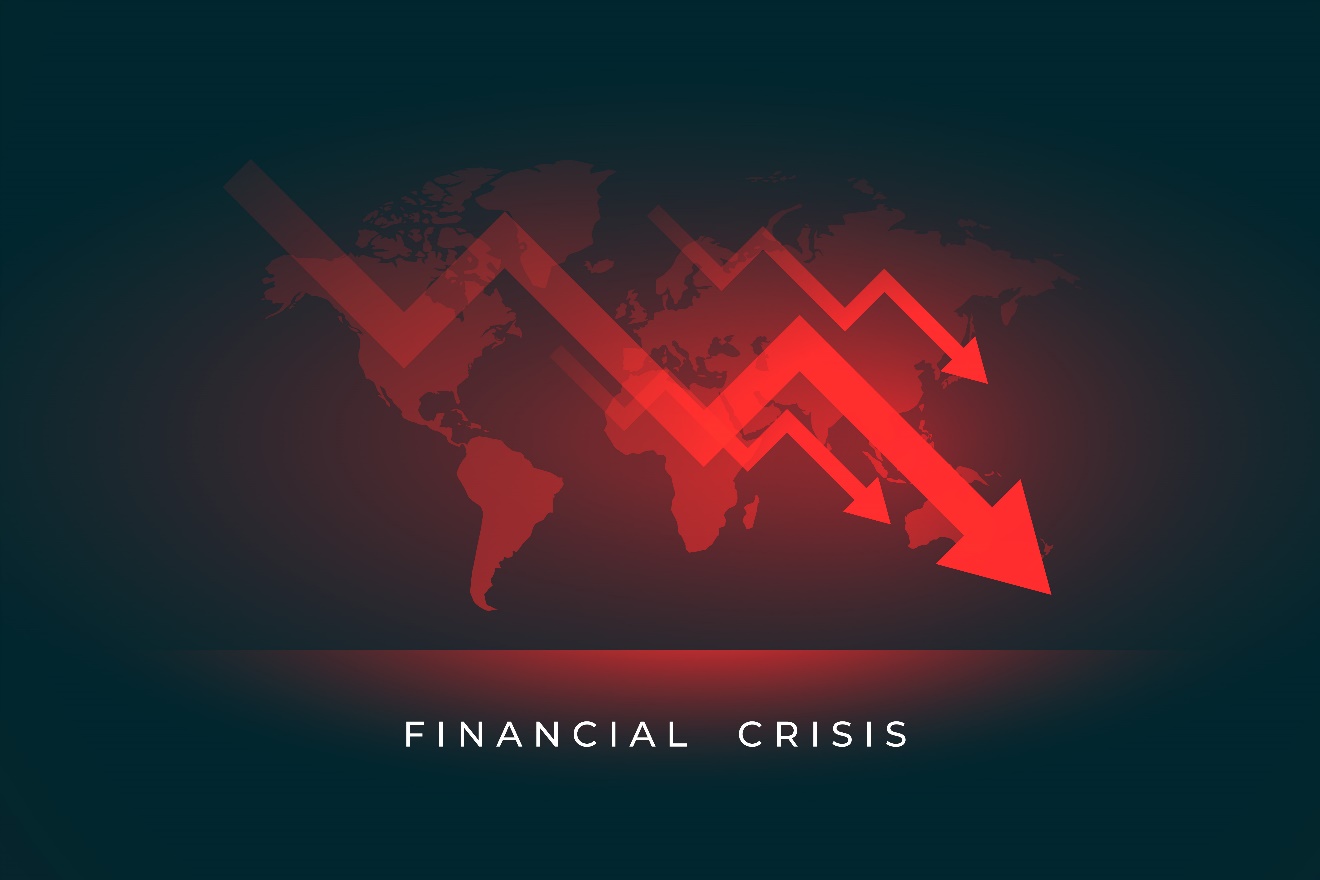Market volatility refers to the rate at which the price of an asset, like stocks or commodities, moves up and down. It's a measure of how much and how quickly prices change in a market. High volatility means prices are changing rapidly and unpredictably, while low volatility indicates more stable prices. Volatility is often seen as a sign of uncertainty or risk in the market. Investors and traders closely watch market volatility to make decisions about buying, selling, or holding assets.
Nervous about your investments in times of uncertainty? And think for a minute how cool would it be to actually have one of those Plan B — trade the chaos type strategies… What if you could weather financial storms with assurance? Learn how shrewd asset managers kept cool and made well-informed decisions in the face of market chaos.
Looking for tips on how to manage your investments during volatile times? Master ways to control risk and reward in volatile markets. Adapt like a professional Asset Managers to changes in market environment. Learn how to discipline yourself through long-term investment goals, instead of knee-jerk reactions in challenging times.
What causes market volatility?
Economic reasons for market volatility Things like interest rate, inflation and unemployment figures can create quick price movement. Political developments such as elections or policy changes can also affect market stability. There can also be extreme short term fluctuations when sudden global events strike, such as natural disasters or pandemics.
So, investor sentiment and the actions that it drives is a leading source (or predictor if you will) to market volatility. Fear and uncertainty often spawns panic selling as everyone rushes to dump their holdings, driving the price down further faster. Predictably, excessive optimism can lead to bubble-induced nonsense — and rapidly rewinding tape. In this digital day and age, information spreads very quickly which can then escalate these reactions more frequently thus leading to higher amplitude market swings.
Steps you can take during market volatility
1: Establish or revisit your financial plan

Creating or refreshing a financial plan is important for future success. Get clear on what your financial goals are, both short term and long-term. Examine your financial status — income, expenses & loans Setting up a realistic budget appropriate for your goals and way of life. Be sure to do a check in on this regularly, as your life grows/changes so should what is contained here.
Any strong financial plan has a savng and investing component. Be mindful of your risk tolerance on choosing an investment(options). Similar to the last one, save up for rainy days. If you have the least bit of uncertainty about planning an area of your financial life, look to a professional for help. Just keep in mind, a strong game plan will bring you peace and financial independence.
2: Bolster your emergency fund
To which end, creating an emergency fund is a key component of individual financial planning. Use this to set your goal (generally 3 – 6 months living expenses) You can also automate your savings by setting up regular transfers to be made from a linked account into the emergency fund comm bank app. Find your ways to save on things that you do not really need and use this money in other areas like savings.
Emergency Fund Keep it in a high-yield savings! A geate emergency fund alleviates a lot of stress in hard times. The name of the game is to keep you from having to go further into debt when life throws a curve ball your way. That way you can the emergency fund serving latterly as a protective net.gets fired. Provide a proper review and adjust your emergency fund as you experience alterations in life phase.
4: Talk with your financial professional

- Schedule regular check-ins with your financial advisor. Discuss any changes in your life or financial goals. This helps keep your financial plan up-to-date.
- Be honest about your concerns and questions. Your advisor is there to help, not judge. Clear communication leads to better financial decisions.
- Ask for explanations of complex financial concepts. A good advisor will break things down for you. Understanding your finances empowers you to make better choices.
- Discuss your risk tolerance and investment preferences. Your advisor can adjust your portfolio accordingly. This ensures your investments align with your comfort level.
- Review your progress towards your financial goals. Celebrate successes and address any shortfalls. Regular reviews help keep you on track for long-term success.
Conclusion
Asset managers use several strategies to handle market volatility. They often diversify investments across different sectors and asset types. This helps spread risk and reduce the impact of market swings. Many use hedging techniques to protect against potential losses. They also keep some cash on hand for opportunities or unexpected needs. Regular portfolio rebalancing helps maintain the desired risk level.
Communication with clients is key during volatile times. Asset managers explain market conditions and their strategies clearly. They remind clients to focus on long-term goals rather than short-term fluctuations. Some may adjust investment strategies based on changing market conditions. However, they avoid making rash decisions based on temporary market movements.






